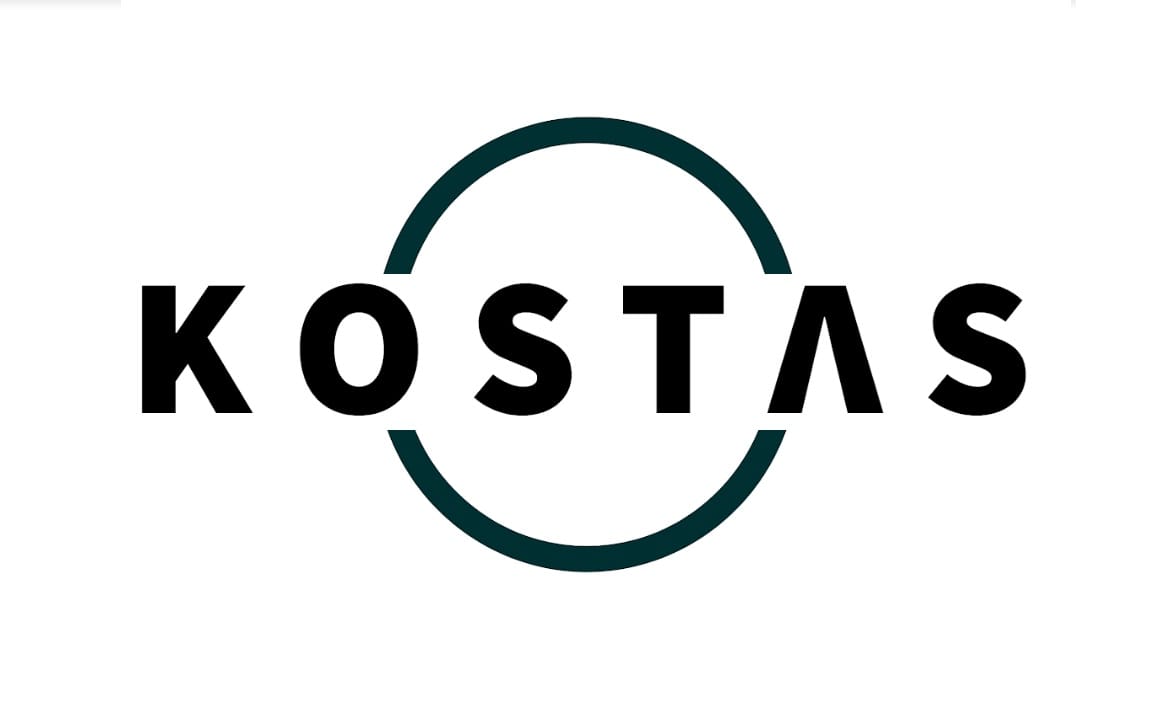Why letting go of defensiveness isn’t weakness—it’s a quiet form of leadership
In today’s world of constant change, new tools, shifting goals, and hybrid working models, perfection is a moving target. If we can accept that, then defensiveness starts to look less like a form of strength and more like a barrier to growth.

We’ve all seen it—or done it. That subtle shift in posture. The urge to explain ourselves. A sharp response that came too quickly. Someone gives feedback, and the wall goes up. The tone changes. A conversation turns into a quiet duel.
Welcome to the world of being defensive.
Let’s pause here for a moment. This isn’t about psychology. I’m not here to dissect anyone’s childhood or explain behavioral theory - although in private conversations I am doing this all the time.
This is about something more practical—and human. Something we see every day in the workplace: the instinct to protect ourselves, and how that instinct can sometimes get in the way of what we’re trying to build.



